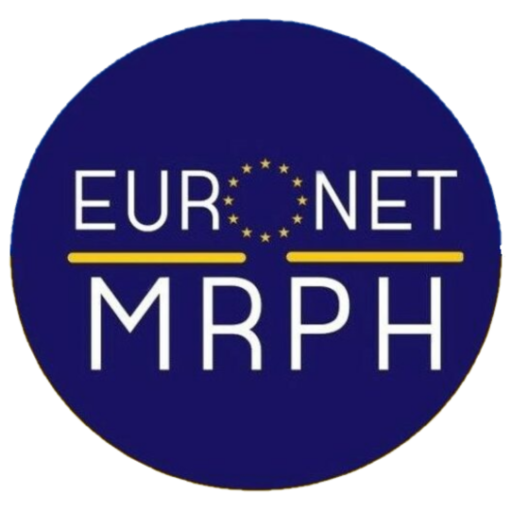EuroNews MRPH #17
EuroNews MRPH #17 has been released!
Enjoy the selection of articles written by residents from all over Europe:
For better viewing, use the fullscreen mode.
Or download it through
Recent Posts
Please, have a look at the archives for all the post or search it by using the bar below.
